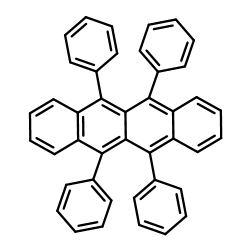| Structure | Name/CAS No. | Articles |
|---|---|---|
 |
9,10-Diphenylanthracene
CAS:1499-10-1 |
|
 |
3-Fluorobenzotrifluoride
CAS:401-80-9 |
|
 |
Rubrene
CAS:517-51-1 |